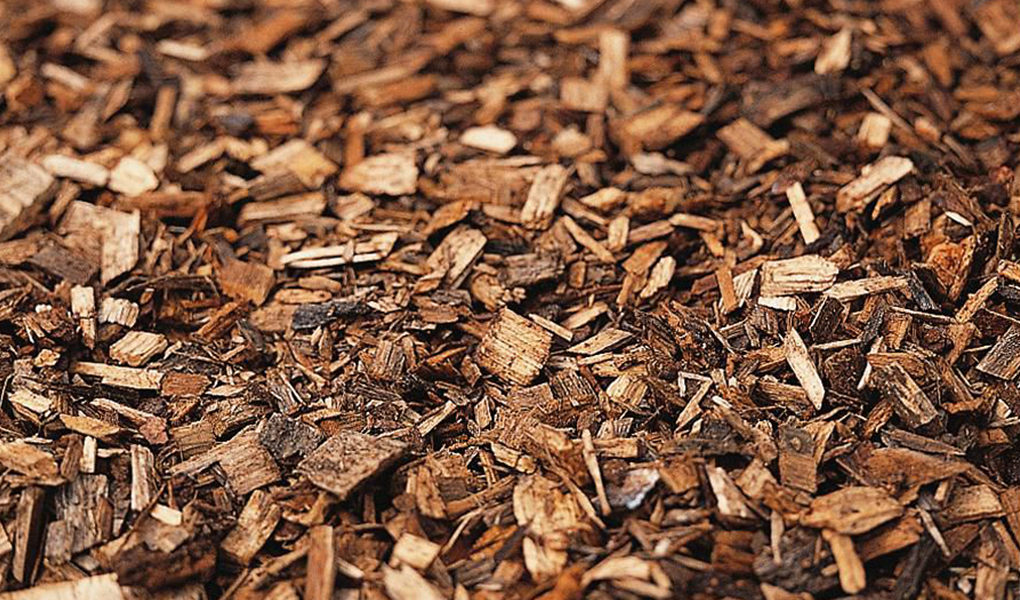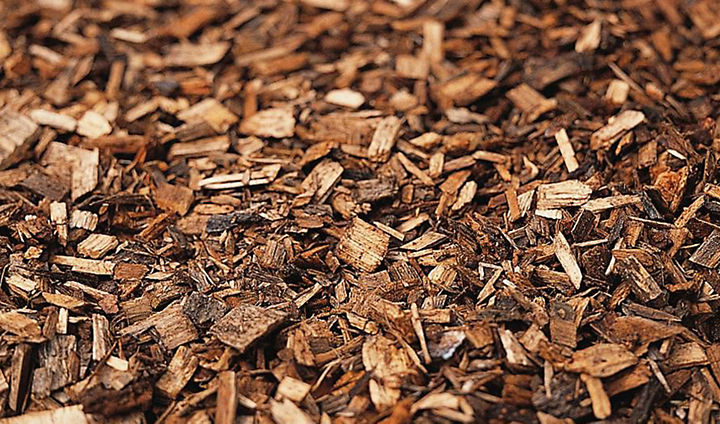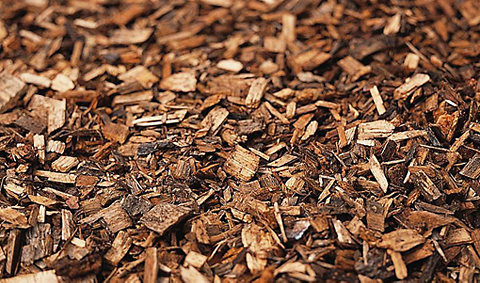How to kill weeds
Dealing with weeds is an important part of caring for your garden. If left unchecked, they can quickly overwhelm, disfigure or kill your plants – rapidly undoing all your hard work.
By knowing how to spot, as well as control weeds, you’ll be able to help your other plants thrive. So let's get started with removing those unwanted weeds.
How to remove weeds by hand
There are a number of different ways to remove unwanted weeds without using weed killer.
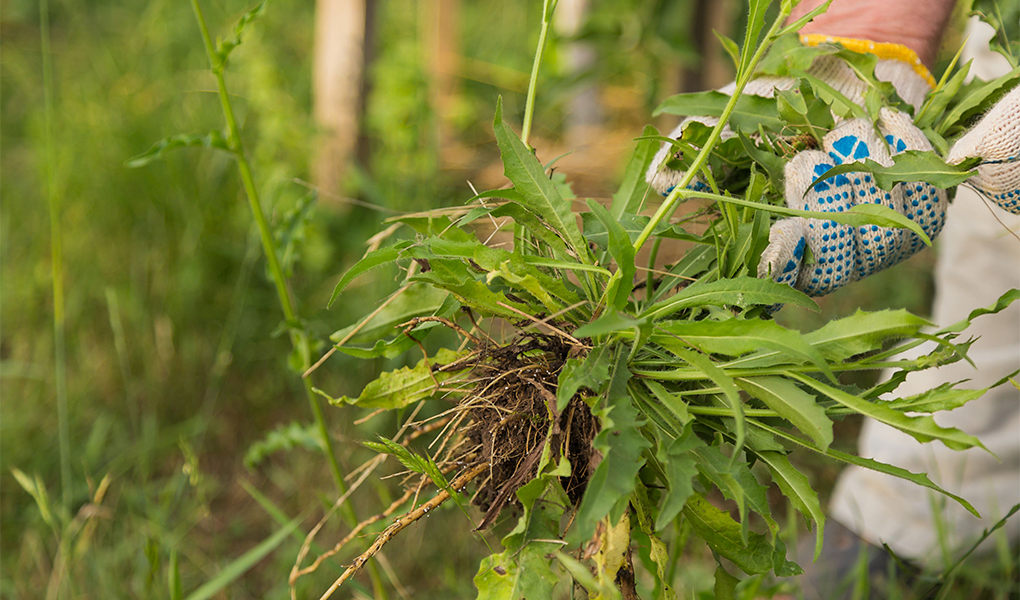

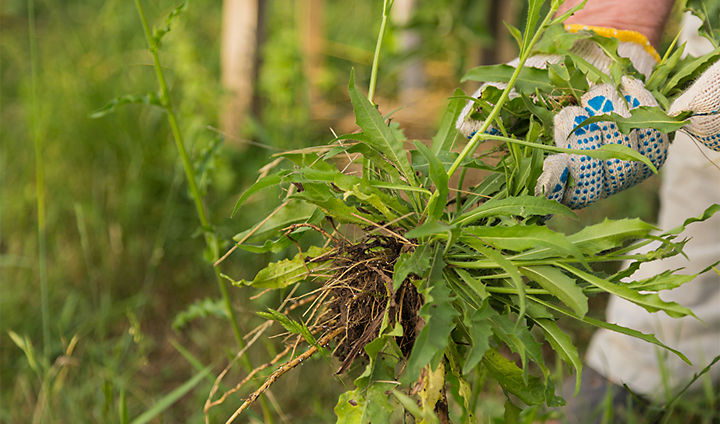
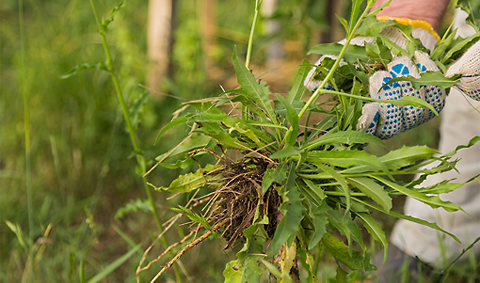
Remove weeds with a weeding tool
Specially designed to target weeds, weeding tools make light work of blitzing those unwanted visitors. Options include weed pullers (pictured) which are ideal for lawn areas, as they sink into the turf and yank up the targeted weed. And weeders or weeding knives, which help scrape out weeds from any cracks and gaps in patios, paved areas and driveways.
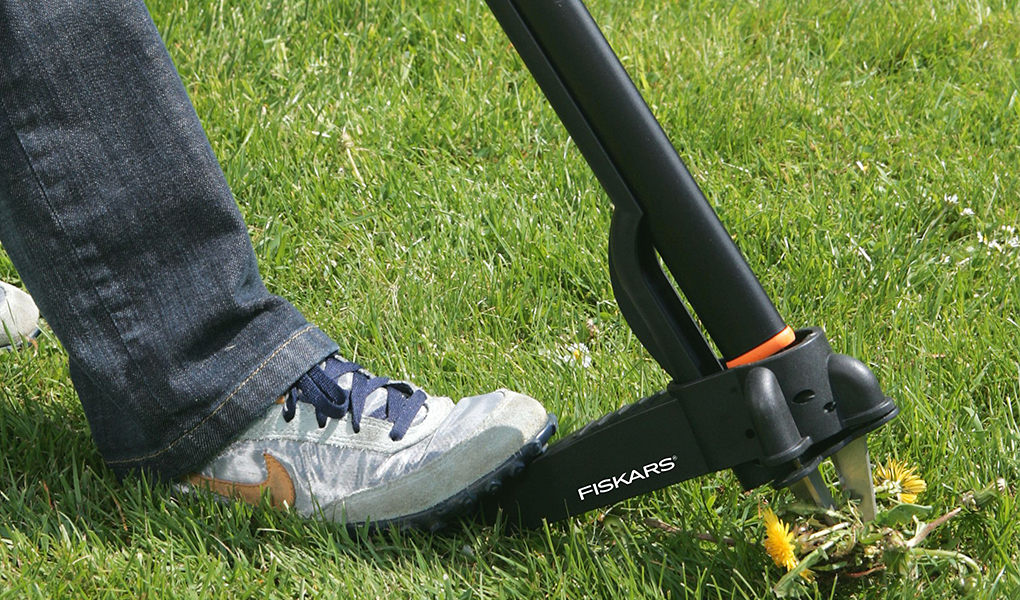


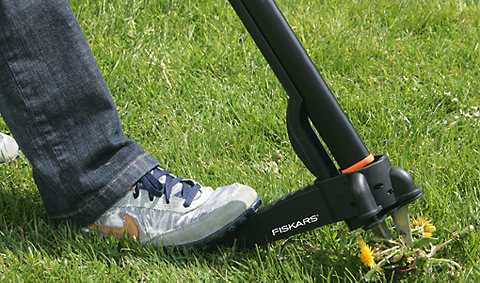
Remove weeds with a garden hand tool
More general garden hand tools can also help do the job. A hoe or cultivator breaks up the surface of the soil and cuts down low-growing weeds, while hand trowels help remove individual weeds.
How to kill weeds with weed killer
If you have weeds that are proving resilient, returning regularly or are difficult to remove, you may want to use a weed killer. Make sure that you choose an appropriate weed killer for the best results. There are a few different types to look for, let's explore the options.
- Systemic weed killer
Systemic weed killers are absorbed by the foliage of the weed and carried down to the roots. As they're non-residual, you can use them to clear an area ready for planting.
But be patient - they can take up to two weeks to work. Make sure you apply them carefully, as they're non-selective and will kill any plant they touch.
- Selective weed killer
Generally used on lawns, selective weed killers target specific plants while leaving others unharmed.
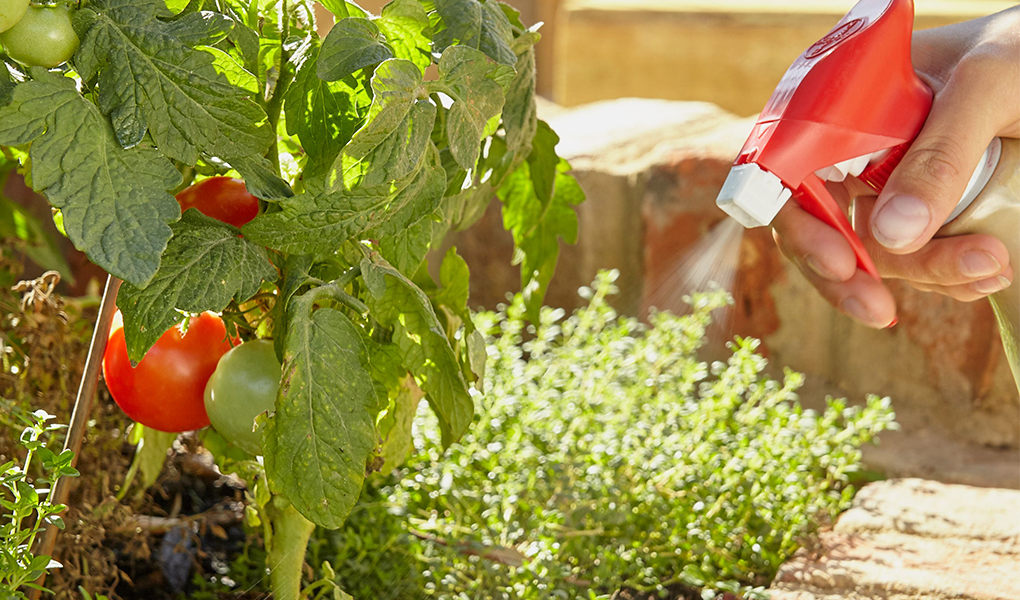

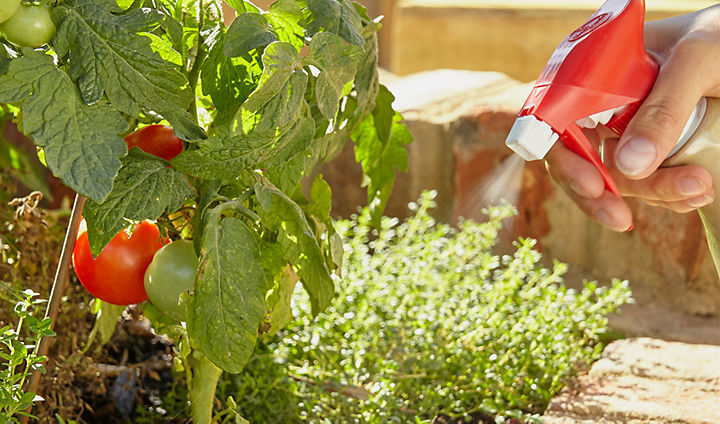
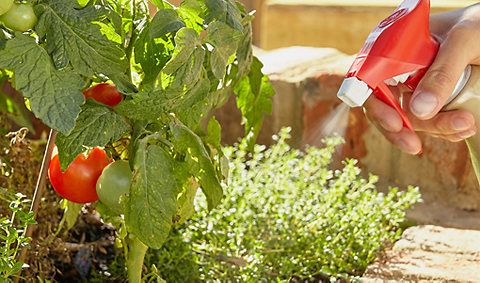
- Residual weed killer
Ideal for clearing weeds in paths and patios, residual weed killers leave a non-permanent residue in the soil to prevent any re-growth. They're non-selective, so make sure you use them carefully.
- Contact weed killer
These only kill the part of the plant that's above ground. While they offer fast-acting results, they don't affect the root and so the weed is still likely to return.
Because of this, we recommend opting for a more long-term solution such as a systemic or residual weed killer.
Safety first
When using weed killer, it's important to carefully follow the instructions on the packaging.
- Store pesticides away from children and pets.
- Ensure all container lids are secure.
- Always follow the manufacturers instructions for use of pesticides.
- After use, children and pets should be kept away from the treated area until the treatment has dried.
- Never use pesticides near any edible plants, such as fruit and vegetables.
- Never store garden chemicals in unmarked containers and don't buy more than you need for one year.
- Wear gardening gloves when treating weeds, and thoroughly wash hands after use.
- Spray early in the morning or late evening when bees are not active.
- It is illegal to put any garden chemical down a main drain or waste water drainage system, even when diluted.
- Ask your local council for advice on disposal of unwanted pesticides or empty containers.
How to dispose of weeds
Once the weeds are removed from the ground, collect them all in a work cart, small wheelbarrow or strong garden tub to make it easier to transport them for disposal. And remember not to add them to your compost. Instead, throw them away or burn them.
Once you've cleared the area of weeds, make sure they don't come back by taking preventative action.
Lay weed control fabric
Weed control fabric allows water, air and nutrients to penetrate through into the soil but keeps weeds in check. Cut into strips and lay between plants if looking to maintain some planting, or use in larger amounts if there are no plants to consider.
Add mulch
Reduce the likelihood of weeds taking hold by mulching your beds and borders in spring or after planting. Mulch is layers of organic material, such as compost or bark, that once spread onto soil can provide a barrier to stop weeds popping up. It also locks in moisture and can look attractive too.
